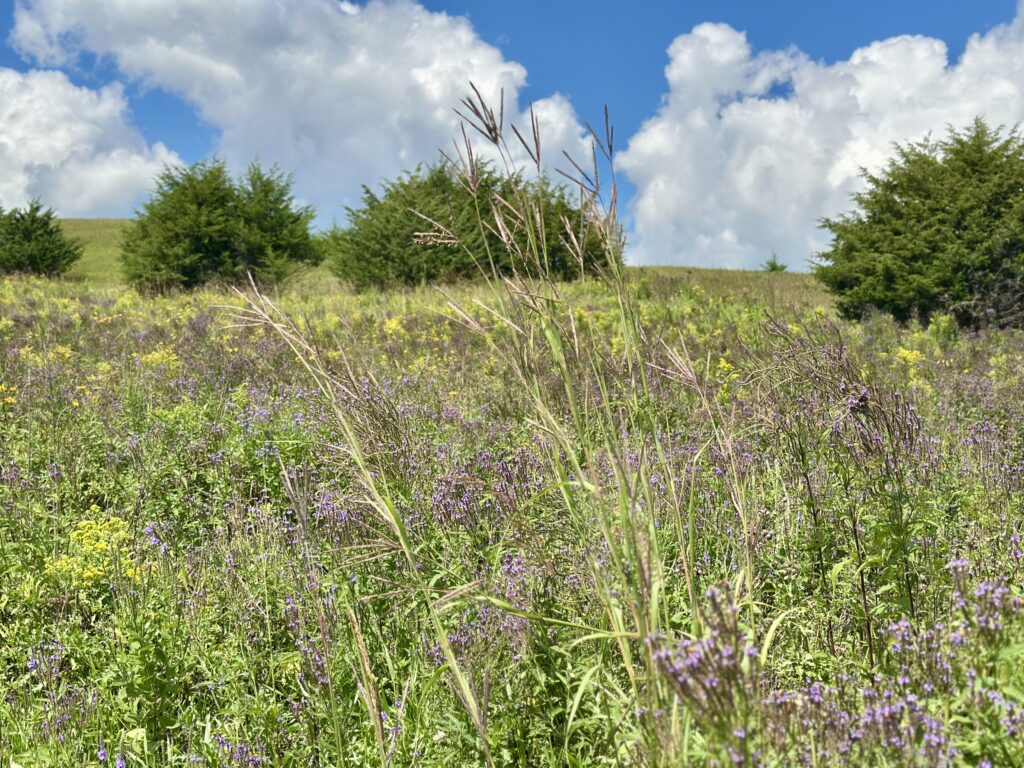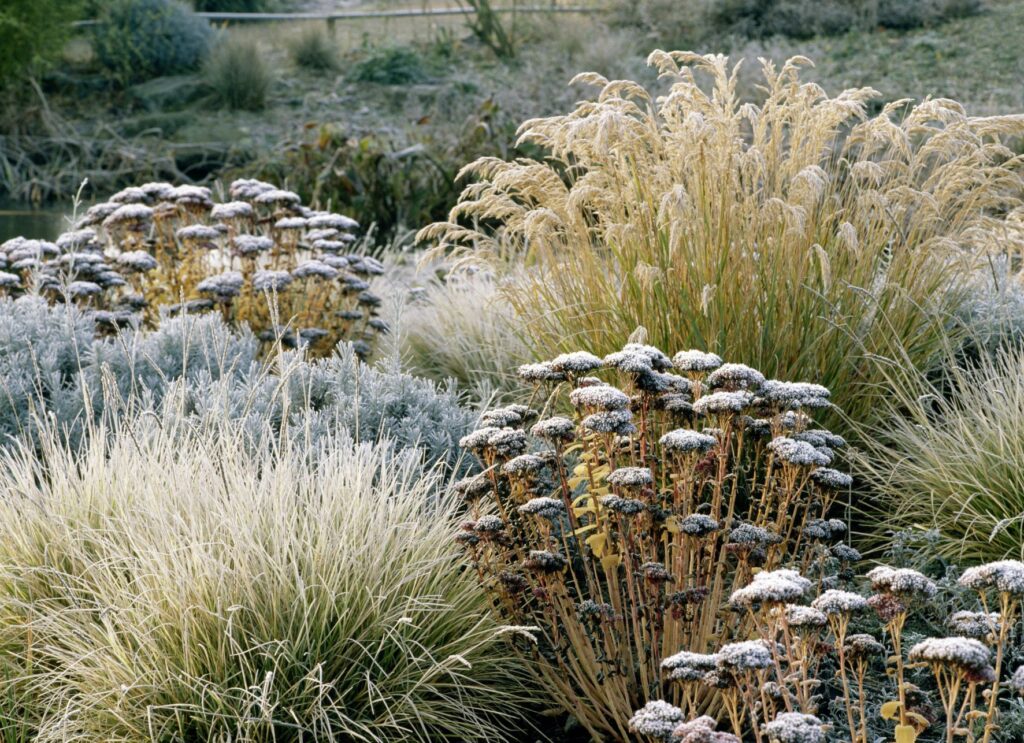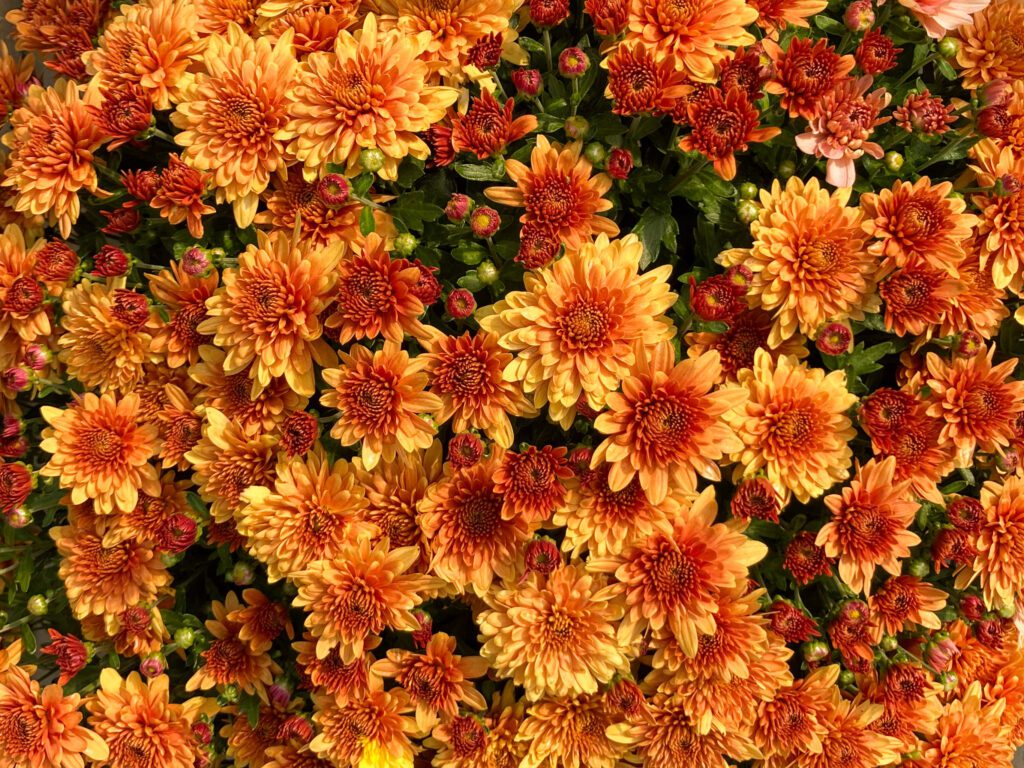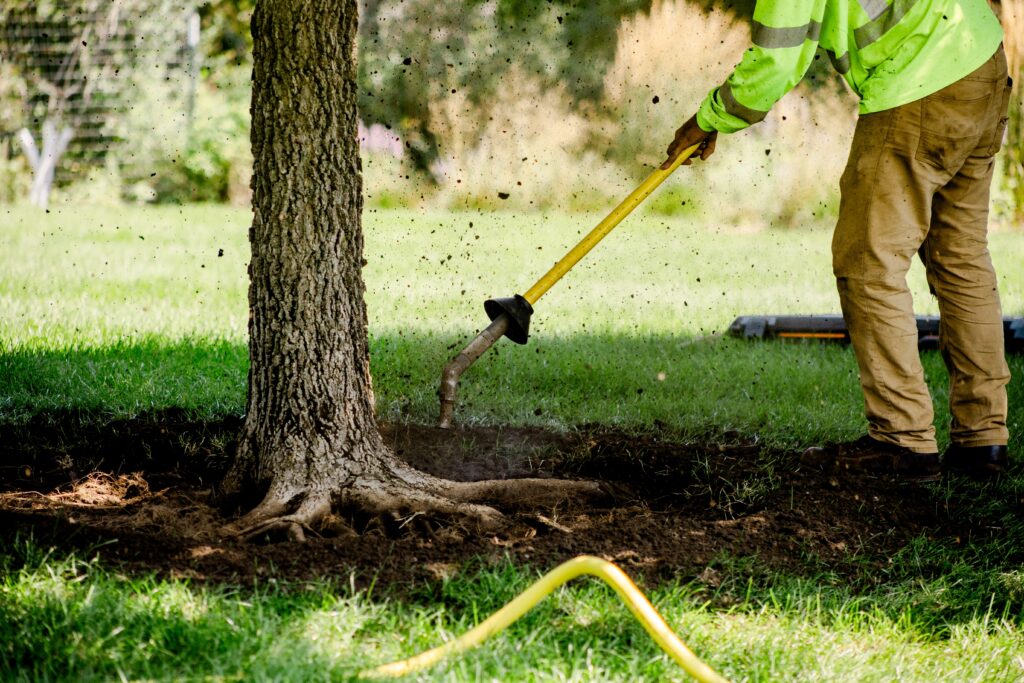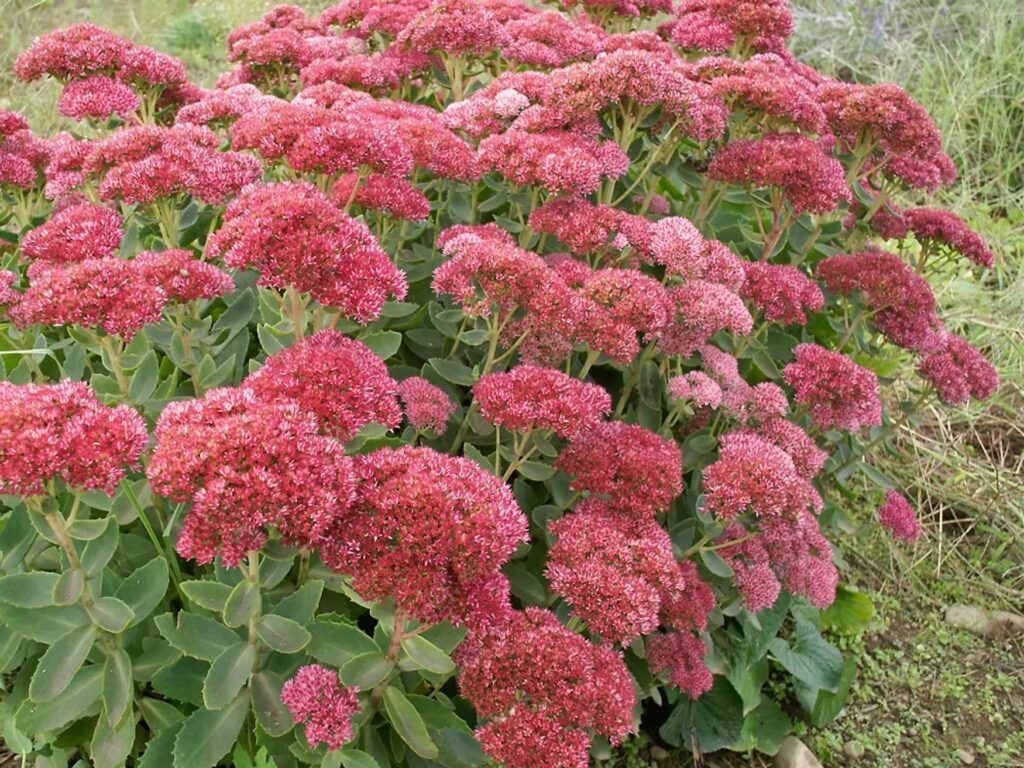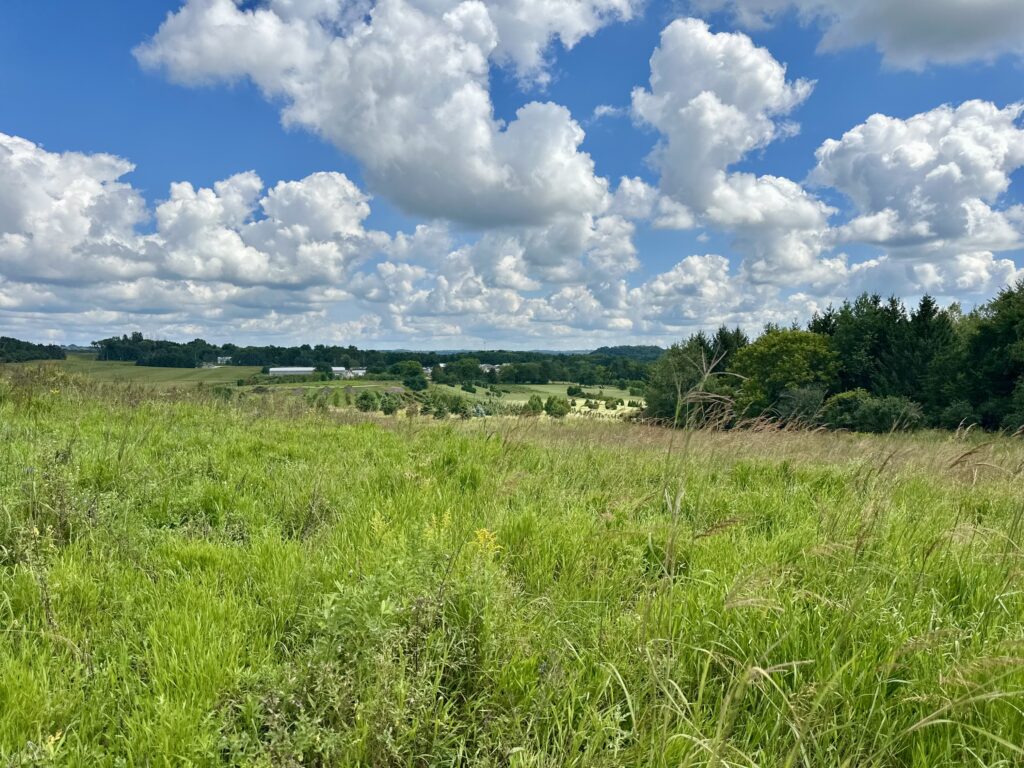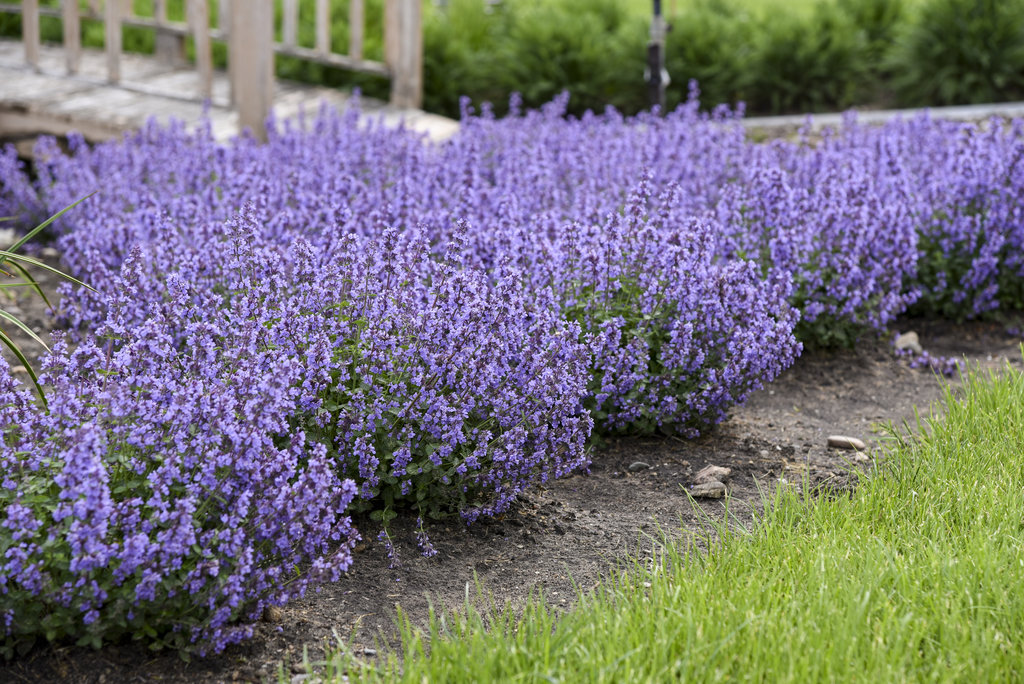Restoring a prairie is as much about patience as it is about plants. Each season brings new surprises, new challenges, and new lessons in persistence. The rewards aren’t always immediate, but over time, the effort pays off in a resilient and diverse ecosystem.
Diverse Species
The team at Sargent’s took a walk around the prairie this week and identified nearly twenty different plant species including: Common Oxeye, Blue Vervain, Common Yarrow, Big Bluestem, Switchgrass, Goldenrod, Brown-Eyed Susan, Black-Eyed Susan, Indiangrass, Common Mullein, Milkweed, Sideoats Grama, Meadow Brome, Yellow toadflax, Monarda, Canadian Thistle, and Bull Thistle.

Setbacks and Slow Growth
The prairie is looking good, but in honesty, it’s not great, nor as spectacular as it was last year at this time. Every prairie enthusiast knows that this is extremely common during the establishment phase. Prairie restoration certainly is not for the faint of heart, and it takes years to cultivate a steady and natural ecosystem. Two to three years of persistent weed management is expected following the initial two years of mowing. Spot mowing and hand-pulling weeds will definitely be part of the process. If the prairie faces any heavy infestation of invasive weeds, the use of some herbicides may also be necessary.
Right now, our prairie is spotty. Some areas show strong growth where the seed established well, while others are dominated by cool-season grasses and thistles. Earlier this year, the thistles seemed like an unstoppable force with their vibrant purple flowers taunting our efforts. Now, they seem to have subsided, yet with a promise that they’ll grow even stronger if we don’t stand in the way earlier next year.
The Plan Ahead
The key to success is persistence. Visiting the prairie with a strong work ethic a few times throughout the growing season can make all the difference. It’s an uphill battle against well-established cool-season grasses, thistle, and the infamous wild parsnip. All of these invaders are incredibly efficient at seed production, hence their dominance. Preventing these aggressive species from going to seed is crucial. Mowing at 12-16 inches in early to mid-summer helps with that.
Another good use of time this season is hand-spreading seeds of desired species. As seeds loosen on the heads of plants, grabbing them and finding bare soil can be surprisingly therapeutic. One beneficial tactic may be to scalp the poorly established areas with a mower and introduce good seed to those plots. Mowing earlier in the season to prevent seed heads from forming on invasive species is crucial. otherwise, mowing now just helps seeds of these plants spread.
Coming up in the spring, we will have another controlled burn.
This process may not be glamorous, but stay tuned for prairie updates as we continue the slow but steady maintenance of this restoration.

